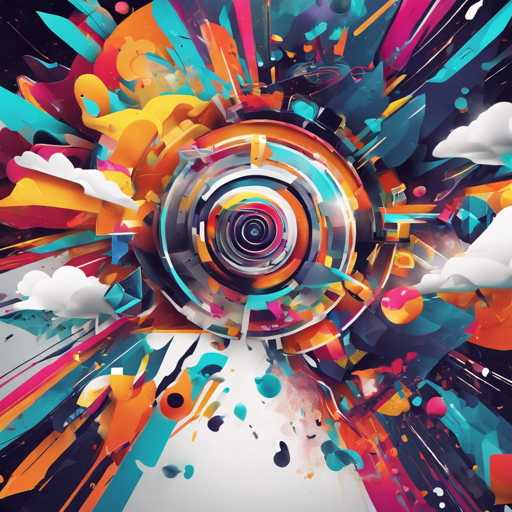In the realm of text-to-image AI, creating engaging visuals is an art form. Today, we’ll explore how to utilize the HIHP Style with the Flux models to generate stunning stylized images that retain a sense of realism. Whether you’re a developer experimenting with AI art or a creative individual looking to create unique visuals, this guide will help you through the process step by step.
Understanding the Component
This exciting model utilizes a technique known as Low-Rank Adaptation (LoRA) alongside the Flux framework to allow stylization while maintaining realistic elements in the images. Imagine an artist who can choose a classical painting style for the background while creating cartoon characters in the foreground – that’s the magic we’re tapping into with HIHP Style.
In this setup, the terminology and **trigger phrases** play a crucial role. You must use the phrase *HIHP Style* when crafting your prompt, and it’s beneficial to add the word *animated* before any subject that you want to stylize. Incorporating *closeup* in your prompts will also enhance the output quality, much like focusing a camera lens for clearer imagery.
Creating Your Initial Prompt
Let’s build your first prompt for the image generator. Here’s how you might structure it:
HIHP Style, A vivid photo of a cozy, vintage-styled room.
The main subjects are two illustrated characters, prominently positioned in the foreground.
One animated character is a cute little bunny who is blue with large, round eyes and is interacting with a little girl, who is dressed in a green dress.
They are both seated on a patterned rug, playing with a ball.
The room is adorned with a variety of decor items, including a television set, a table with a vase of flowers, and a bed with a white comforter.
The walls are decorated with floral wallpaper and sheer curtains.
The color palette is warm, dominated by earthy tones, with pops of vibrant colors from the characters' clothing.
closeup image.This example illustrates a charming scene you can create using your text prompt. It’s important to be descriptive and use various elements to enrich your prompt contextually.
Tips for Successful Image Generation
- Use descriptive adjectives in your prompts to enhance the scene details.
- Experiment with different characters and settings to discover unique outputs.
- Utilize the latest model update; for instance, HIHP_flux_lora_v0_2 trained longer to produce better results.
Troubleshooting Common Issues
If your generated images don’t meet your expectations, don’t worry. Here are some troubleshooting tips to help:
- Make sure to include the *HIHP Style* phrase in your prompt.
- Try varying the proximity of the characters; using *closeup* often improves detail.
- If you notice inconsistencies in character styling, adjust the descriptive elements in your prompt for clarity.
For more insights, updates, or to collaborate on AI development projects, stay connected with fxis.ai.
Final Thoughts
At fxis.ai, we believe that such advancements are crucial for the future of AI, as they enable more comprehensive and effective solutions. Our team is continually exploring new methodologies to push the envelope in artificial intelligence, ensuring that our clients benefit from the latest technological innovations.
By understanding and applying these concepts, you can begin crafting your unique visual storytelling through AI. Get creative and enjoy the process of bringing your imaginative scenarios to life!

